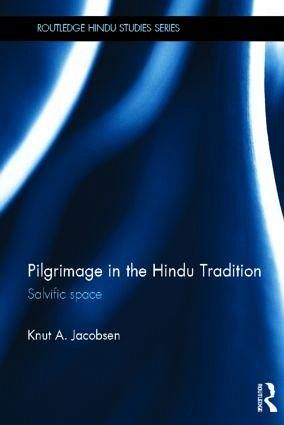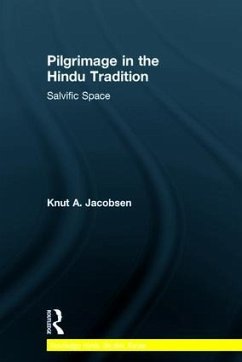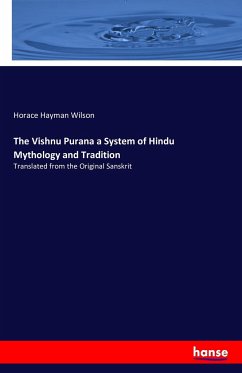
Pilgrimage in the Hindu Tradition
Salvific Space
Versandkostenfrei!
Versandfertig in 1-2 Wochen
194,99 €
inkl. MwSt.
Weitere Ausgaben:

PAYBACK Punkte
97 °P sammeln!
Salvific space is one of the central ideas in the Hindu traditions of pilgrimage, and concerns the ability of space, especially sites associated with bodies of water such as rivers and lakes, to grant salvific rewards. Focusing on religious, historical and sociological questions about the phenomenon, this book investigates the narratives, rituals, history and structures of salvific space, and looks at how it became a central feature of Hinduism. Arguing that salvific power of place became a major dimension of Hinduism through a development in several stages, the book analyses the historical pr...
Salvific space is one of the central ideas in the Hindu traditions of pilgrimage, and concerns the ability of space, especially sites associated with bodies of water such as rivers and lakes, to grant salvific rewards. Focusing on religious, historical and sociological questions about the phenomenon, this book investigates the narratives, rituals, history and structures of salvific space, and looks at how it became a central feature of Hinduism. Arguing that salvific power of place became a major dimension of Hinduism through a development in several stages, the book analyses the historical process of how salvific space and pilgrimage in the Hindu tradition developed. It discusses how the traditions of salvific space exemplify the decentred polycentrism that defines Hinduism. The book uses original data from field research, as well as drawing on main textual sources such as Mah¿bh¿rata, the Pur¿¿as, the medieval digests on pilgrimage places (t¿rthas), and a number of Sthalapur¿¿as and M¿h¿tmyas praising the salvific power of the place. By looking at some of the contradictions in and challenges to the tradition of Hindu salvific space in history and in contemporary India, the book is a useful study on Hinduism and South Asian Studies.














